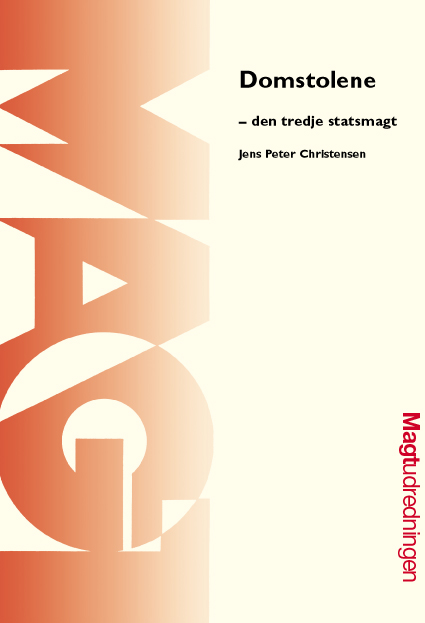The judiciarys role as the third branch of government that controls the two other branches the legislative and the executive has become more prominent and visible in recent years. This is a product of domestic factors, but certainly also part of an international trend where decisions made by the highest political government bodies are often overruled after court review. In Denmark, the most conspicuous cases were the Danish Supreme Courts Maastricht decisions in 1996 and 1998 concerning the constitutionality of Denmarks membership of The European Union and its Tvind decision in 1999. The latter decision marked the first time a law was rejected as unconstitutional by the Supreme Court and this on the 150th anniversary of the Danish June Constitution.
The book describes and assesses the gradual expansion in judiciary review of legislative and administrative decisions. For instance, the vague provisions in the European Convention of Human Rights combined with the dynamic interpretative style of the European Court of Human Rights have placed the Danish courts in a more prominent position in relation to both government and Parliament.
The book also discusses the judiciarys role in various political-administrative scandals like the Tamil case. For obvious lack of a better alternative, government and Parliament recruited judges as examiners and adjudicators in cases with an often exceptionally high political conflict level. Consequently, the judiciary has come to play a significant constitutional role in connection with Parliaments control of the government and its ministers.
Finally, the book discusses the comprehensive court reform that was launched in 1999. The reform ensured the courts a level of administrative and organizational independence that was and still is unusual in Western Europe. The reform gave the courts a more independent profile, but also moved them closer to the line of fire in relation to Parliament as well as the public sphere.
Overall,
the book paints a picture of the courts in a more active role as the third
branch of government and of a more self-confident judiciary that thinks of
itself not only as servant of the state, but also as the guardian of the
constitutional state.
